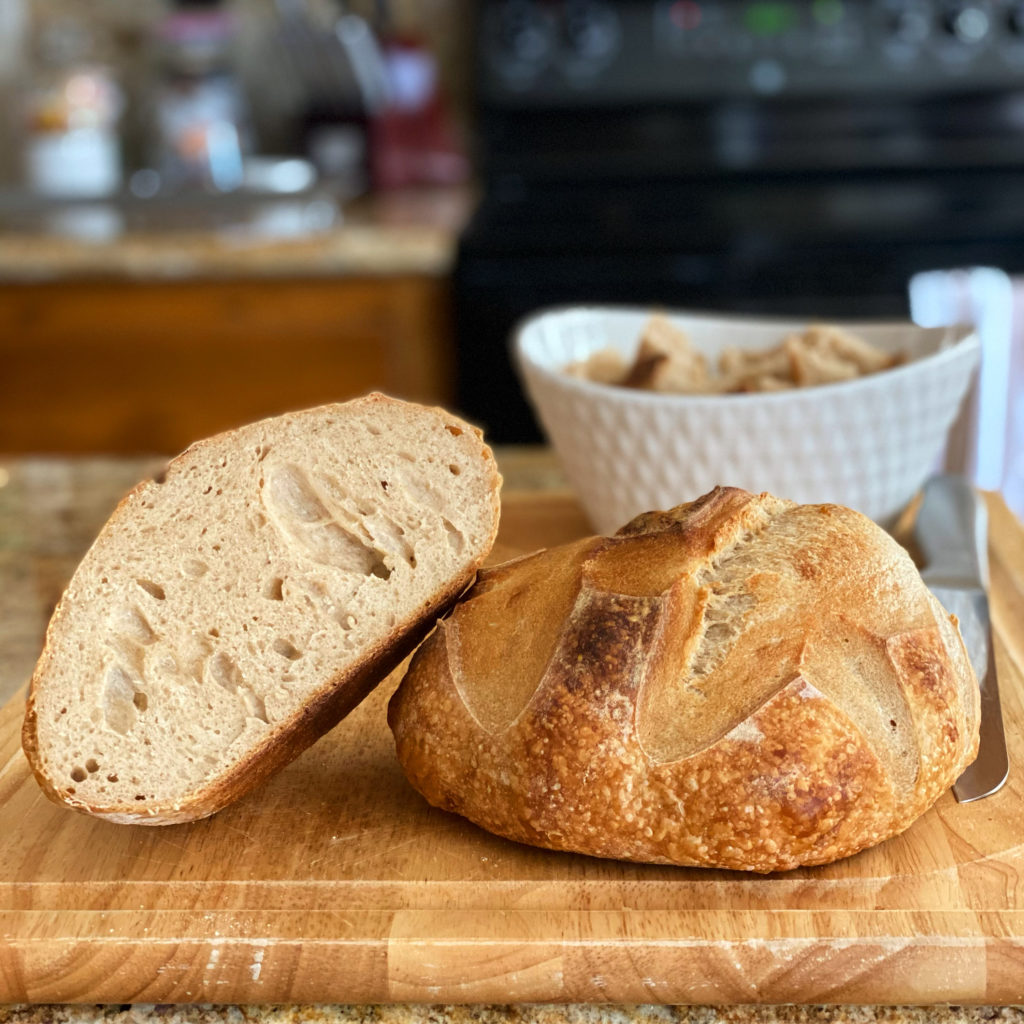
What do IT bands and bandwagons have in common?
Not much, unless you’re HE team member Caleb. For him, these were both catalysts in kickstarting his newfound hobbies of 2020.
Continue reading HE Hobby Spotlight: Caleb
What do IT bands and bandwagons have in common?
Not much, unless you’re HE team member Caleb. For him, these were both catalysts in kickstarting his newfound hobbies of 2020.
Continue reading HE Hobby Spotlight: CalebAs we discuss in a related case study, aluminum alloy heat treatment is a three-step process designed to achieve the desired properties. The process involves: 1) solution heat treatment (SHT) at an elevated temperature below the melting point, 2) quenching in a tank of fluid (e.g., 140-180°F water), and 3) age hardening. While providing good properties, the heat treatment has the negative side effect of creating bulk residual stress and distortion. One approach to mitigate this problem is the application of a post-heat treatment mechanical stress relief process.
Continue reading Case Study: Aluminum forging cold-work stress relief
The year 2020 has made some interesting changes to the way we live our lives. For a lot of folks, this has been spending more time at home than ever before. If you didn’t have anything but your thoughts to keep you company during the unrelenting hours, you might yourself going mad. Luckily, some of our Hill Engineering team members have found fun hobbies during the quarantine, for those rare moments when their minds are not occupied by residual stress.
Continue reading HE Hobby Spotlight: CamilleHill Engineering completed a rebranding process for our industry leading fatigue analysis software. The process produced a new name, BAMpFTM (Broad Application for Multi-point Fatigue), and a new logo.
Continue reading BAMpF RebrandingOur latest vlog discussing our machining simulation capabilities is up on our YouTube channel today and it is chock-full of information for those interested addressing distortion issues caused by machining.
Continue reading New Vlog: Machining Process SimulationHill Engineering’s Rapid Forge DesignTM software is an automated tool for fast and reliable design of 2-piece, closed-die impression forgings. Rapid Forge DesignTM reads the final part geometry and automatically designs a forging according to accepted industry guidelines and user inputs. Rapid Forge DesignTM is intended for use by forging suppliers and forging consumers/OEMs.
Continue reading Case Study: Rapid Forge DesignUnless you’re a sponge living under the sea, you probably don’t have an aquatic snail as your primary pet. That’s not the case in my household, however, where our only non-human friend is Sir Loin, the freshwater ramshorn snail.
Continue reading HE Pet Spotlight: Sir Loin

Tommy, the Shiba Inu
It’s time to meet another Hill Engineering pet! Last time, we got to learn about Rho, the big pup who thinks he’s in a small body. Next up we have Tommy, the 4-year old Shiba Inu that can be described as sneaky and stubborn but most of all, smart.
Continue reading HE Pet Spotlight: TommyAluminum alloy heat treatment is a three-step process designed to achieve the desired properties. The process involves: 1) solution heat treatment (SHT) at an elevated temperature below the melting point, 2) quenching in a tank of fluid (e.g., 140-180°F water), and 3) age hardening. While providing good properties, the heat treatment has the negative side effect of creating bulk residual stress and distortion.
Continue reading Case Study: Aluminum forging quench modelingThe world has changed drastically in the past few months. With cases of the Novel Coronavirus on the rise in California and in the United States, Hill Engineering is doing its part to ensure the safety of our employees and our customers.
Continue reading Coronavirus response efforts at Hill Engineering